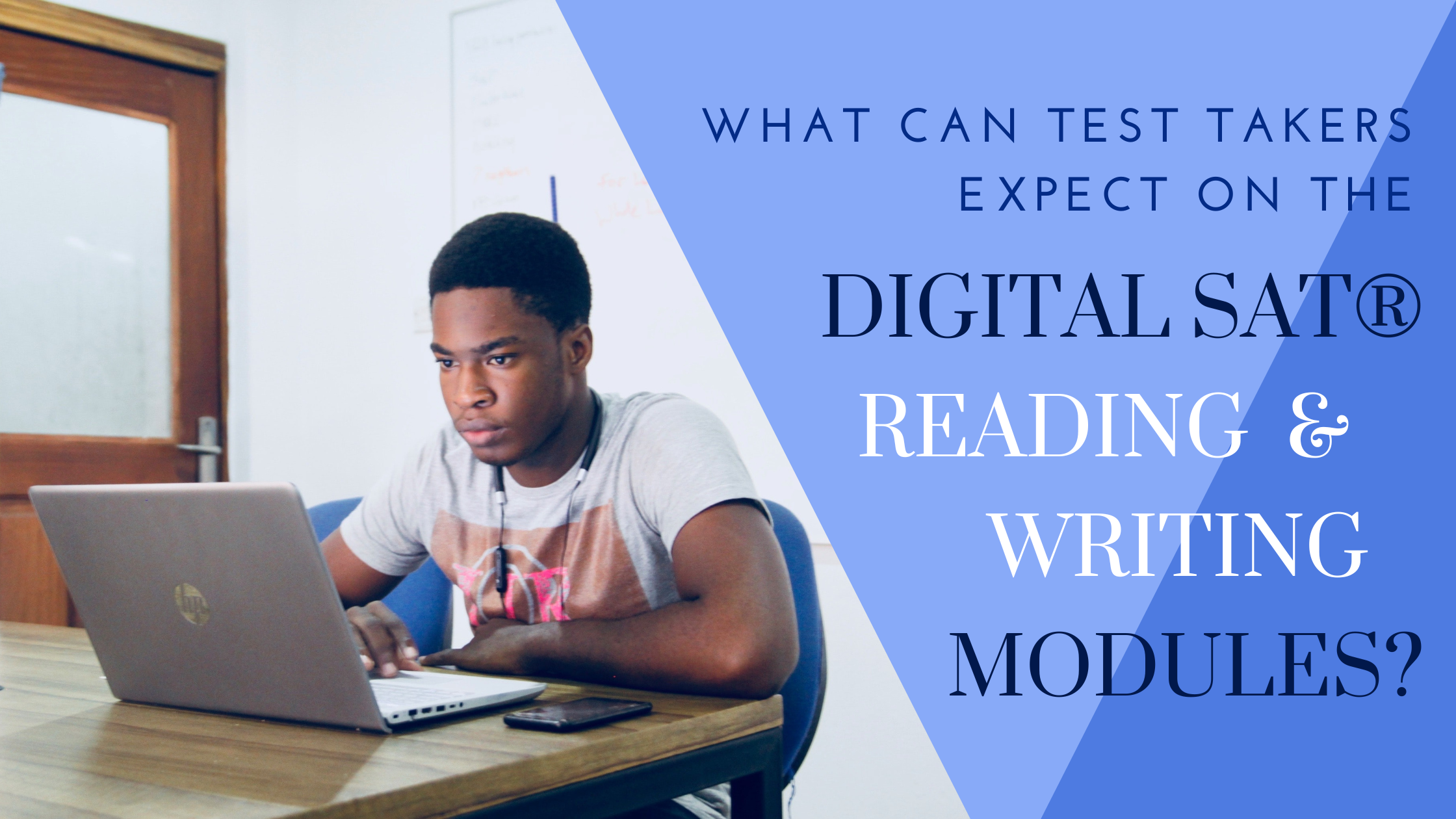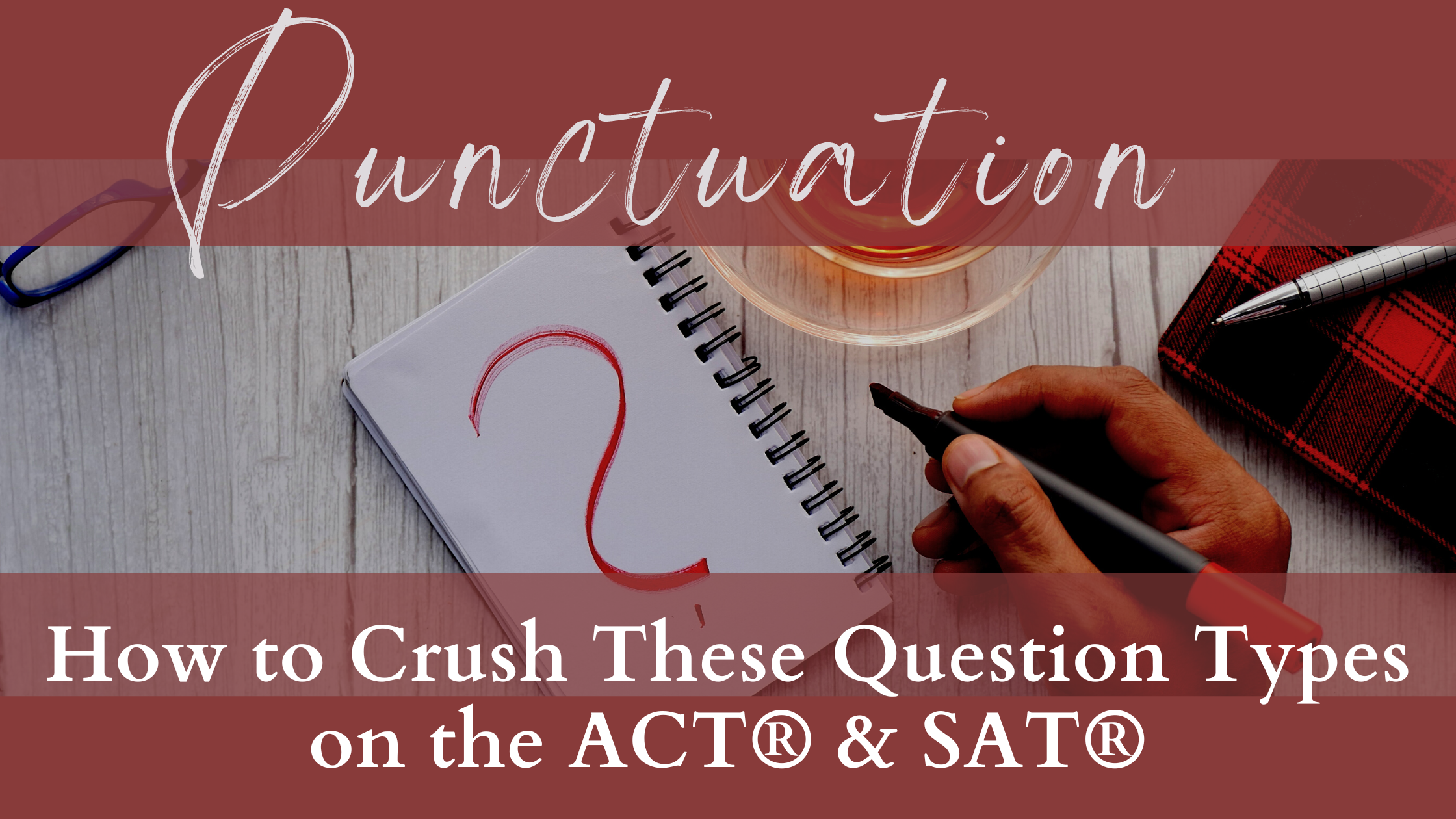Part 2 explores 5 more tricky distractor answer types, this time in SAT® Writing questions. Discover how to help students avoid traps involving redundancy, modifiers, transitions, and other common grammar pitfalls.
Read MorePart 1 of this two-part series breaks down the first 5 of the most deceptive distractor answer types on the SAT® Reading & Writing Test—especially in Reading-focused questions. Learn how to spot traps that use familiar wording, extreme language, and more.
Read MoreWhat can test takers expect from the digital SAT®’s combined reading and writing component?
Punctuation is tested on the English section of the ACT®, the Writing section of the SAT®, and the Reading & Writing module on the DSAT®. In this post, we’ll unpack which punctuation marks are tested on each of these tests, how they may appear, and how you can help your students totally crush these question types!
Rhetoric—not that meaningless drivel spewed by politicians, but persuasive language used in writing or speaking—tested on the ACT® and SAT® require the test taker to understand the author’s purpose; from their word choices and text structure to their point of view and persuasion techniques.
Choosing the best logical transition requires students to have a firm grasp on rhetorical skills—the ability to present, justify, persuade, and/or support a particular point of view. Knowing which transition words or phrases to choose can be trickier than test takers may assume.
Read More





